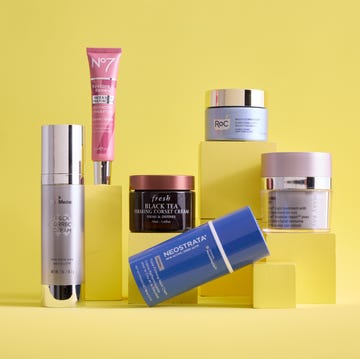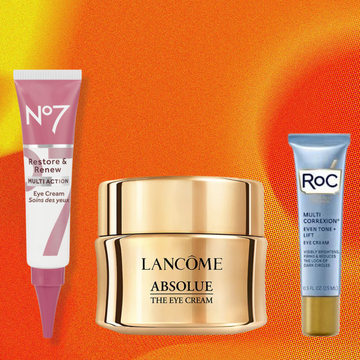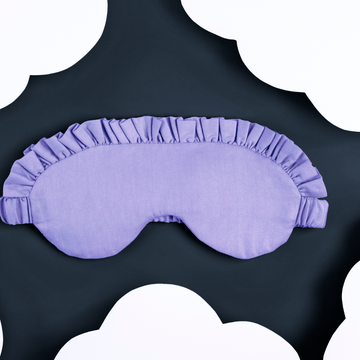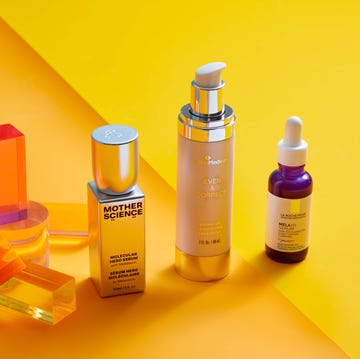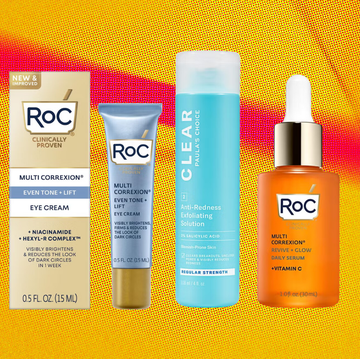The 6 Most Common Types of Eczema — And How to Treat Them
Your dandruff actually counts.

The term "eczema" comes from a Greek word meaning "to boil over," and the etymology is pretty spot-on. This group of conditions involving red, itchy, and inflamed skin can become both uncomfortable and embarrassing, but they're also manageable most of the time.
The flare-ups may appear similar at first glance, but dermatologists actually treat seven different kinds of eczema: atopic dermatitis, contact dermatitis, dyshidrotic eczema, neurodermatitis, nummular eczema, seborrheic dermatitis, and stasis dermatitis.
No matter which type you have, all patients should practice gentle skin care, advises dermatologist Dr. Tina Bhutani of the University of California, San Francisco Medical Center. That involves moisturizing regularly and taking short, lukewarm (not hot) showers. If your fingers prune up, you're likely in there too long.
Use plain, fragrance-free soap like Cetaphil Gentle Cleanser or Dove Sensitive Skin Beauty Bar only on the visibly dirty areas of your body and folds like your armpits and groin. "Your skin makes natural soaps," Dr. Bhutani explains. "When we use external soap, we're overdoing it."
Then apply lotion all over from a tub — not a pump (it's thicker!) — no more than three minutes after you get out of the shower. You won't experience that squeaky clean feeling you might be used to, but that sensation is actually a sign you've dried out your skin too much, she says.
While these practices will help keep your skin hydrated and happy, eczema often requires some additional TLC. Read up on the six most common types below, and what a derm might recommend to get your skin clear and glowing once again.
Readers Also Read
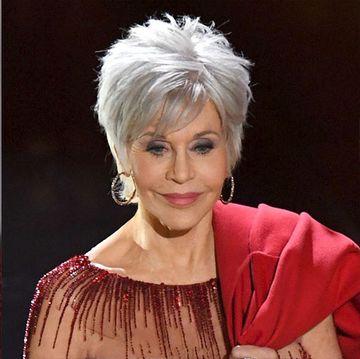
Chic Hairstyle Ideas for Older Women
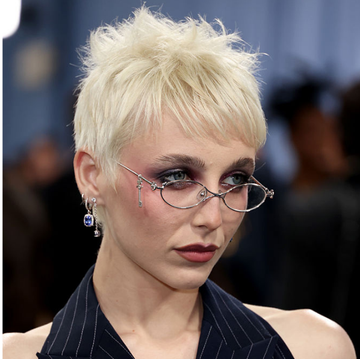
55 Pixie Cuts That Will Inspire You to Go Short

Top Hairstyles Through the Decades
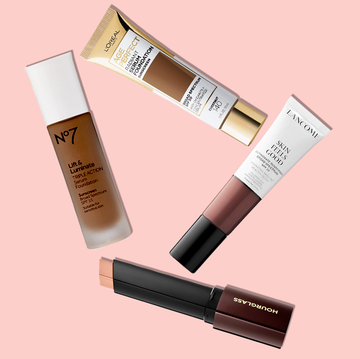
The Best Foundations for Mature Skin






